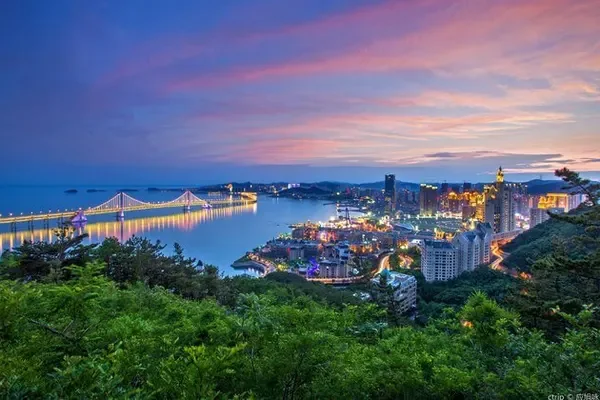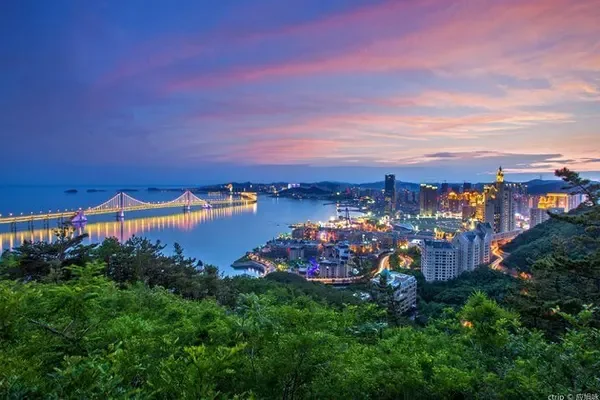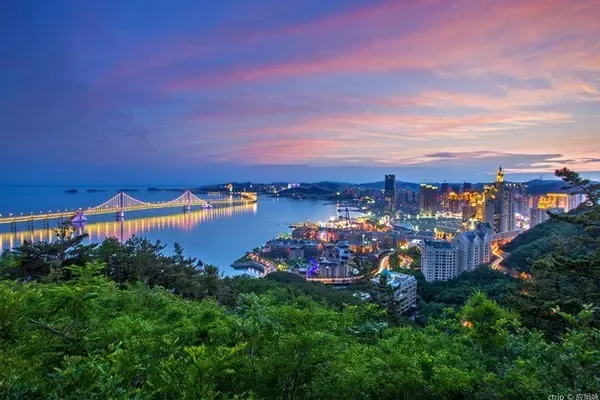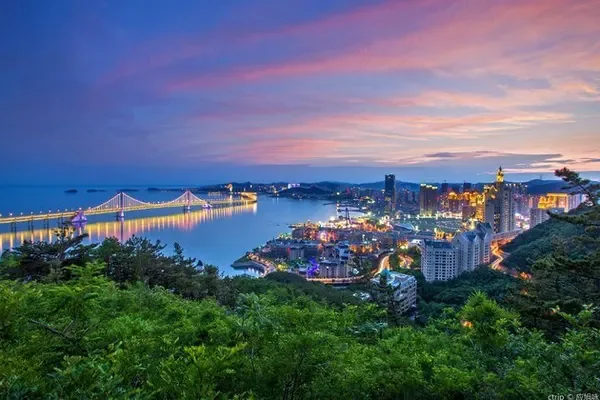The Yellow River is the "mother river" of the Chinese nation. It has a total length of 5,464 kilometers and flows through nine provinces including Qinghai, Sichuan, Gansu, Ningxia, Inner Mongolia, Shaanxi, Shanxi, Henan and Shandong, with a drainage area of 752,400 square kilometers. in the Yangtze River. The Yellow River originates from Yueguzong Liequ at an altitude of more than 4,800 meters at the foot of Gezigeya Mountain at the northern foot of Bayan Har Mountain in Qinghai Province.
The source scenic spot of the Yellow River includes Eling Lake, Zhaling Lake and Yueguzong Liequ in the upper reaches of the Yellow River. Among them, the sister lakes in the upper reaches of the Yellow River——Eling Lake and Zhaling Lake are located in Maduo County, Guoluo Prefecture, while the source of the Yellow River Yueguzongliequ is located in Maduo Township, Qumalai County, Yushu Prefecture, which is divided according to the current administrative division. In Tibetan, Ma (Ma) Duo means the upper reaches of the Yellow River and refers to a geographical area .
On October 16, 2021, we came to Maduo County from Maqin County, Guoluo Prefecture, Qinghai Province. On October 17, we went from Maduo County to the Niutou Monument next to Eling Lake, and then went to Maduo from Ering Lake via Zaling Lake. Township; on October 18th, went to the source of the Yellow River from Ma Duo Township, and after enjoying the scenery of the source of the Yellow River, drove to Qumalai County for accommodation.
The sister lakes at the source of the Yellow River—Eling Lake and Zhaling Lake are large plateau freshwater lakes in the upper reaches of the Yellow River. Eling Lake was called Bohai in ancient times, and Cuo Erlang in Tibetan, meaning blue long lake. The lake is 4,272 meters above sea level, shaped like Admiralty is narrow from east to west and long from north to south, with a lake area of 610 square kilometers.
Zaling Lake is located 15 kilometers west of Ering Lake, which means white long lake in Tibetan. The lake is 4294 meters above sea level, long from east to west, slightly narrower from north to south, covering an area of 526 square kilometers.

7 We visited Eling Lake and Niutoubei on October 30, 2020. After crossing the no-man's land on the middle line of Ali, we took the G219 country to Yecheng, and returned to Chengdu via Xinjiang, Gansu, and Qinghai. On the way, we temporarily decided to go to Look at the source of the Yellow River. There is no detailed strategy, so I did not go to Maduo Township to explore the source of the Yellow River. After nearly a year of preparation, today I once again embarked on the road to the source of the Yellow River, with much less anxiety and more confidence.
Leaving Maduo County, all the way to Niutoubei is a familiar road, the travel time is about the same, and the scenery is basically the same, except that near Niutoubei, I came more than ten days earlier than last year, and there is no snow on the top of the mountain.






The Niutou Monument of the Source of the Yellow River is located on the top of Cuowagaze Mountain at an altitude of 4,610 meters between Zaling Lake and Ering Lake. It was built by the Maduo County Government in 1988. The monument is 3 meters high, the monument is 2 meters high and 2.8 meters wide. The body of the stele is cast in pure copper, with a total weight of 5.1 tons. Comrade Hu Yaobang, the former General Secretary of the Central Committee of the Communist Party of China, and the tenth Panchen Lama inscribed the words "Source of the Yellow River" on the monument in both Chinese and Tibetan languages.



At the foot of the mountain, the scenery of Cuowagashizeduoka Temple and Yingqin Beach remains the same.



Going straight from here is the road to Maduo Township. This section of road is unfamiliar to us. The road condition of this section of more than 100 kilometers is poor. It took more than four hours for Gesar to ascend the foundation platform, the first bridge of the Yellow River and other places to reach Maduo Township.















Maduo Township is very large and sparsely populated. The small town where the township is located has about 20 to 30 households. In order to develop tourism, a small square was built in the center of the town, and some houses were built around the square. There are two homestays run by Tibetan compatriots who can stay. Since they are located on a high plateau and water is difficult, the conditions need not be mentioned.


The next day we went to the source of the Yellow River. There were more than forty kilometers of road. Compared with the road conditions of the previous day, it was not bad, but the last five kilometers were difficult, muddy, and we had to wade through a small river.







The source of the Yellow River is located on a gentle hillside. A trickle flows out from the grass, and gradually gathers the nearby streams to form a small stream that flows downstream. I didn't see it with my own eyes, so I dare not connect this trickle with the rolling Yellow River. Right above this source is the "Yellow River Source" monument inscribed by Jiang Zemin, and on the left is the "Yellow River Source" monument inscribed by Hu Yaobang, and there are some tripods and other monuments beside it.








Go down the hillside along the creek for about one kilometer to the left, and there is a group (eight) of golden pagodas.


———End of this section———



